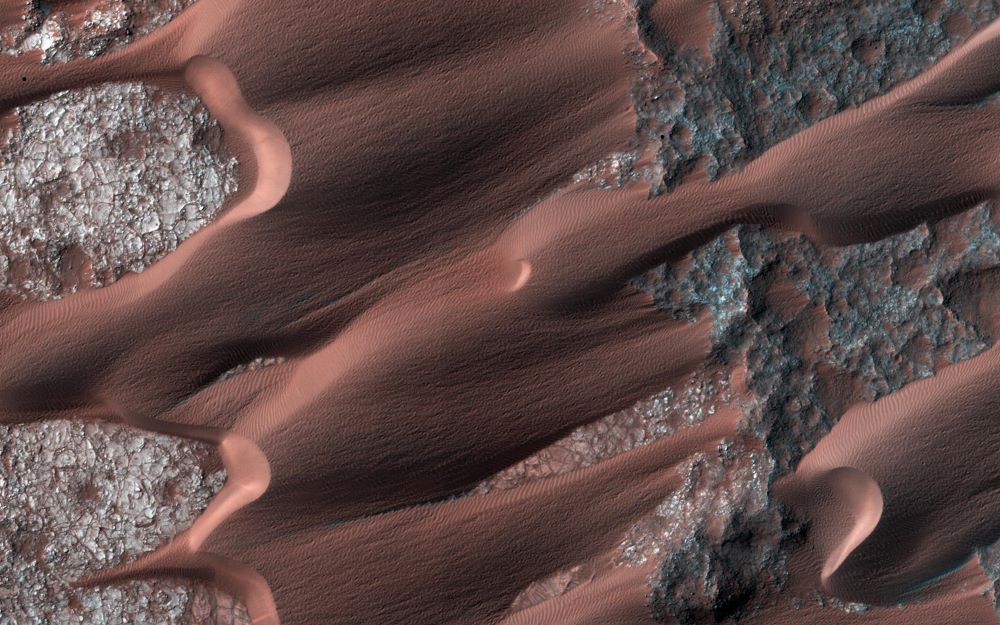
Continue reading

This year's Penn State SETI Summit kicked off with a a lecture on how history will remember SETI pioneer Frank Drake, creator of the famous Drake Equation and leader of Project Ozma.
Continue reading
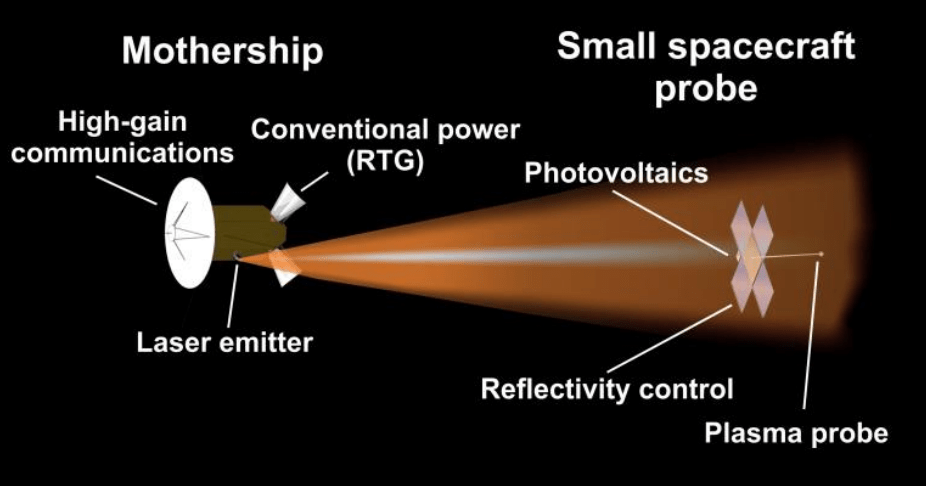
Continue reading
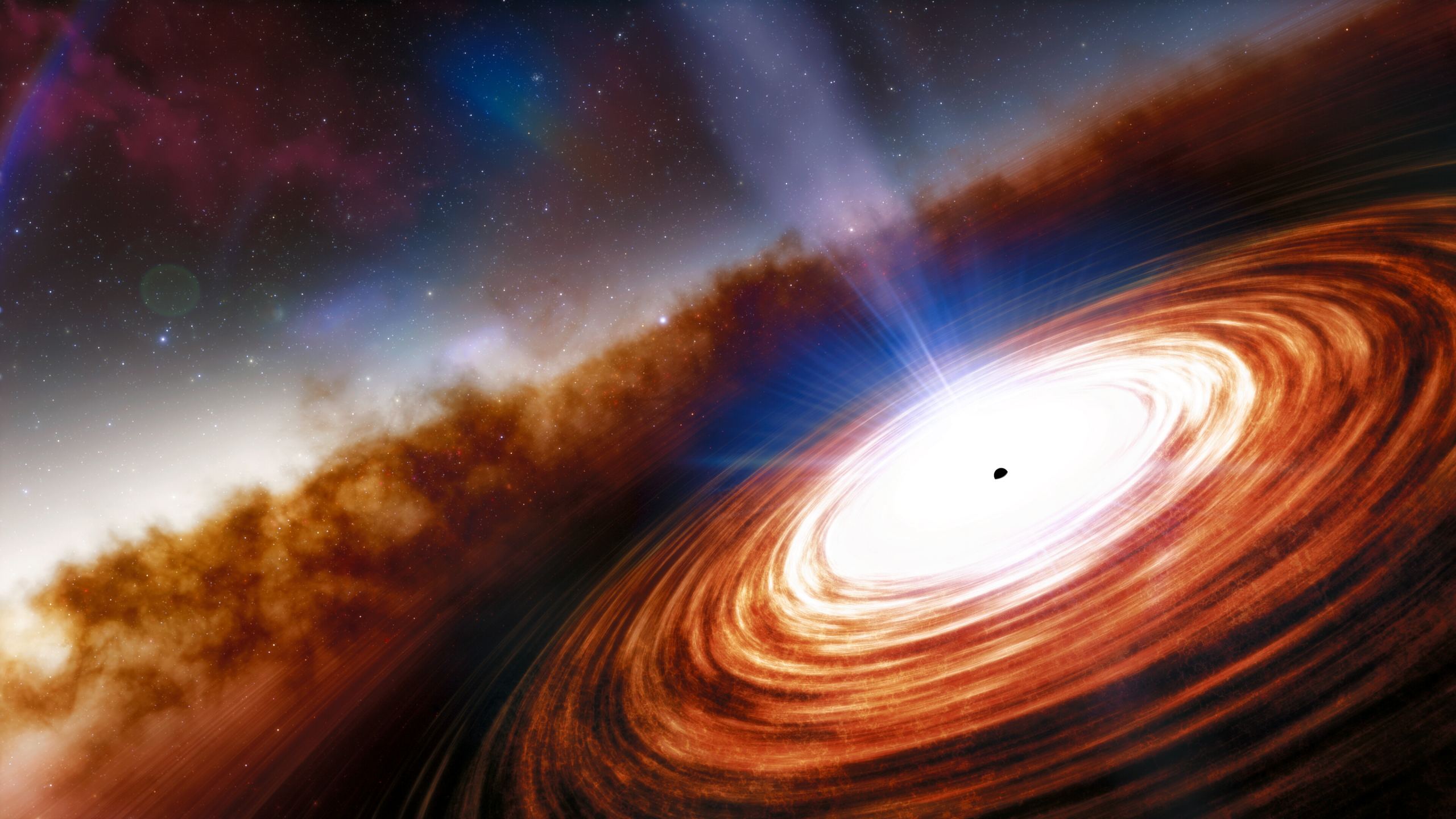
One of the outstanding mysteries in astronomy is how supermassive black holes gained so much mass so early in the Universe. The traditional theory is that stellar mass black holes merge, building up to supermassive levels. Another theory suggests that supermassive black holes might have collapsed directly out of enormous clouds of gas and dust. Astronomers using JWST and Chandra think they've discovered a black hole that's too massive, too early, and could only have formed from direct collapse.
Continue reading
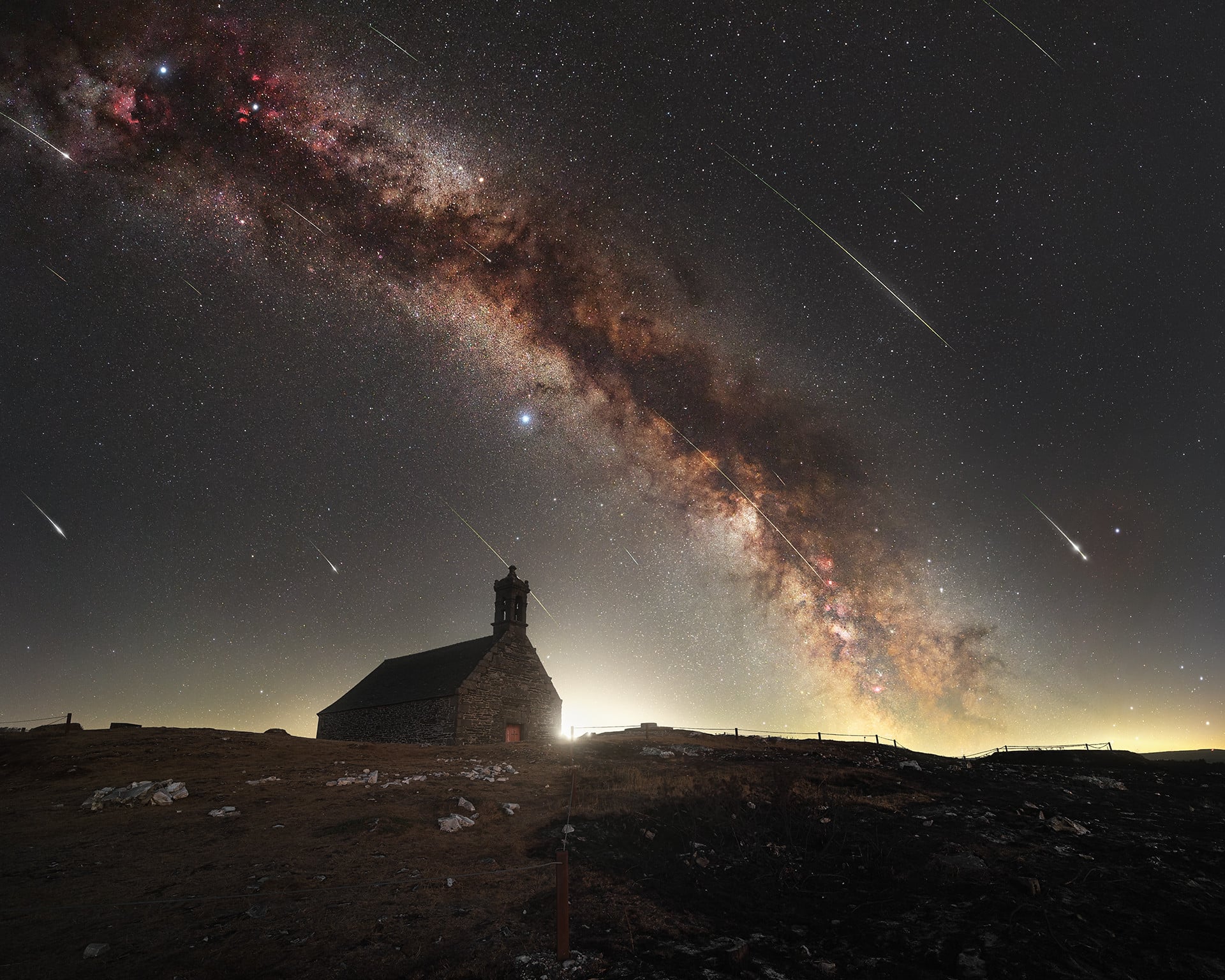
Don't miss one of the best meteor displays of 2023, as the Perseids peak this coming weekend.
Continue reading

Continue reading
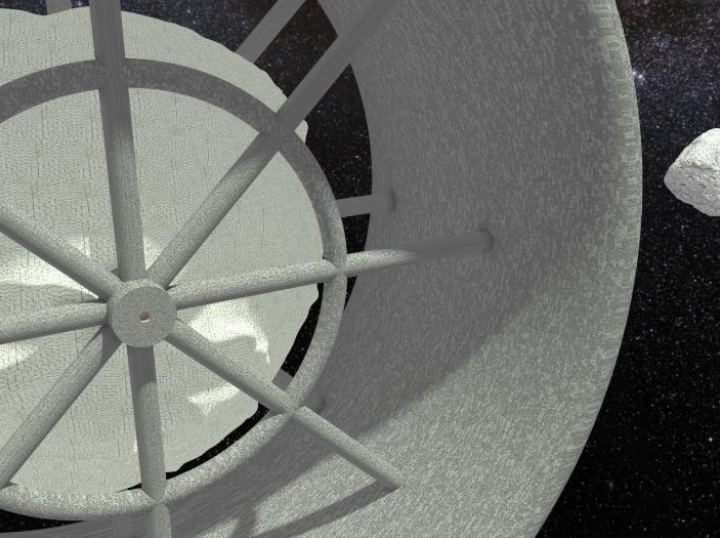
Continue reading

Continue reading
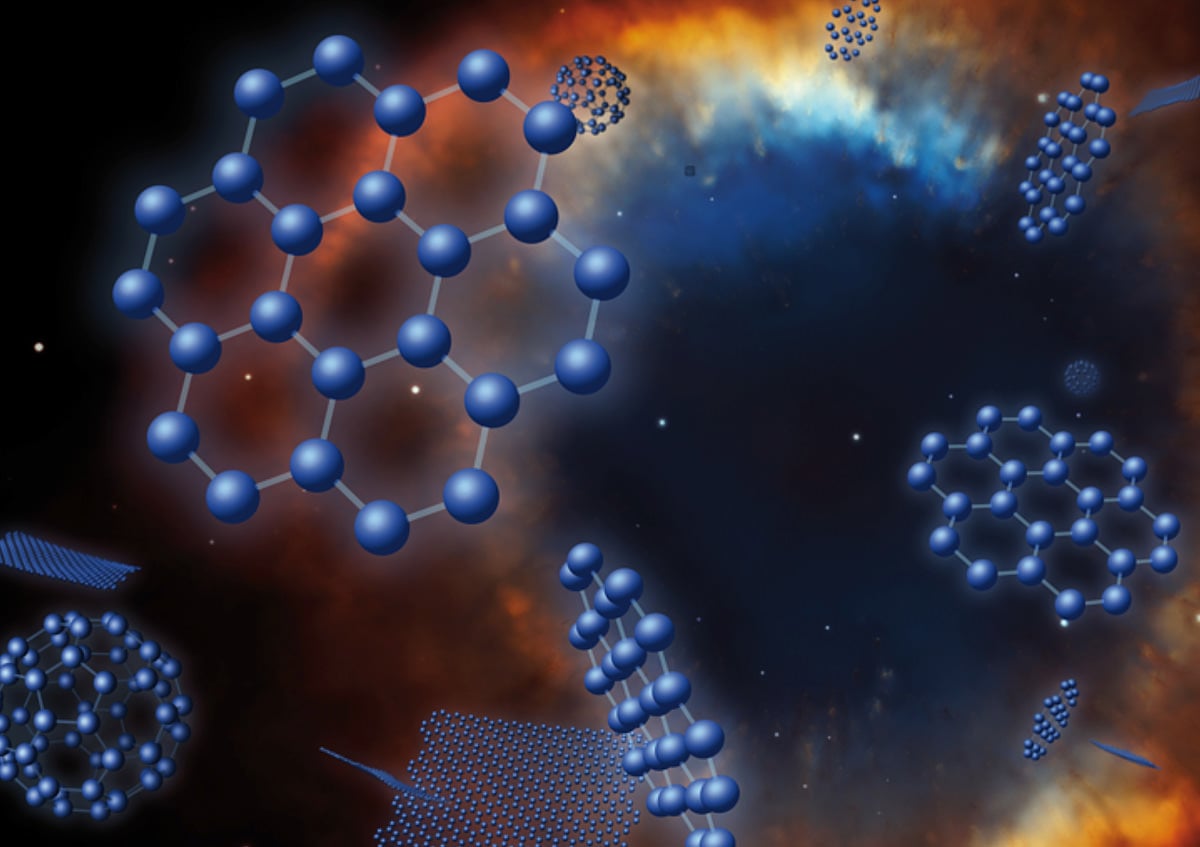
Continue reading
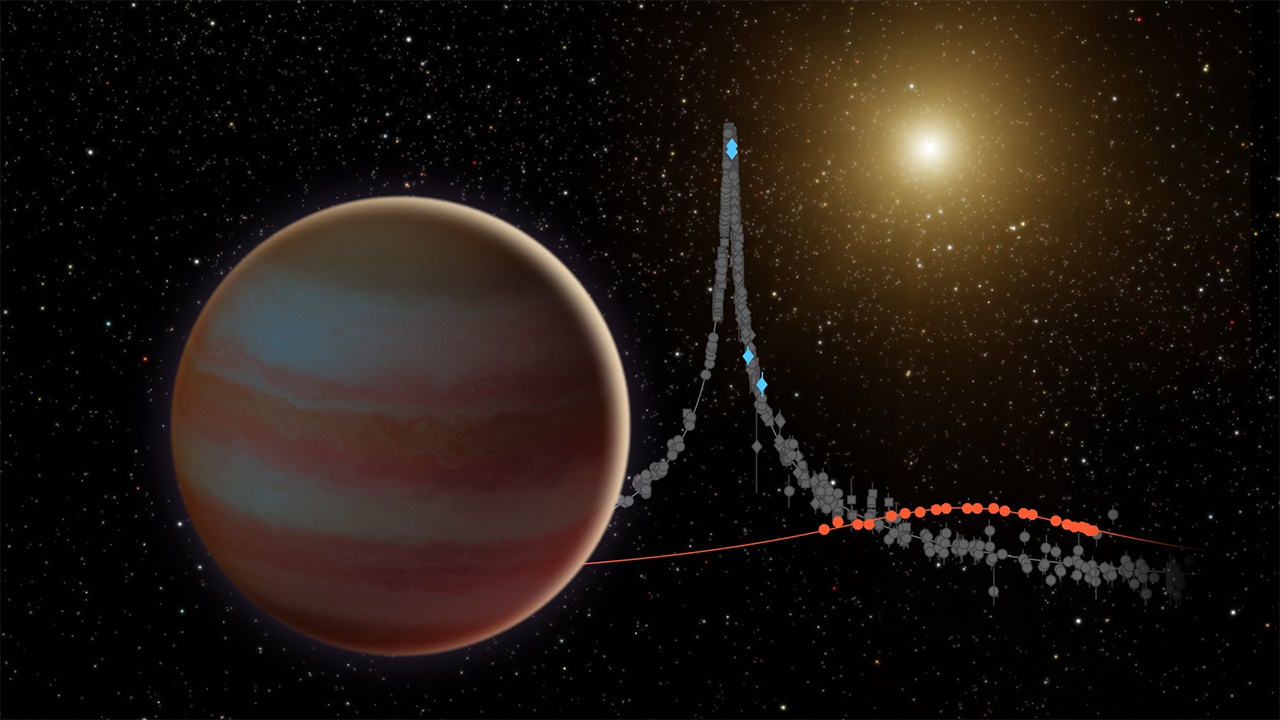
Continue reading
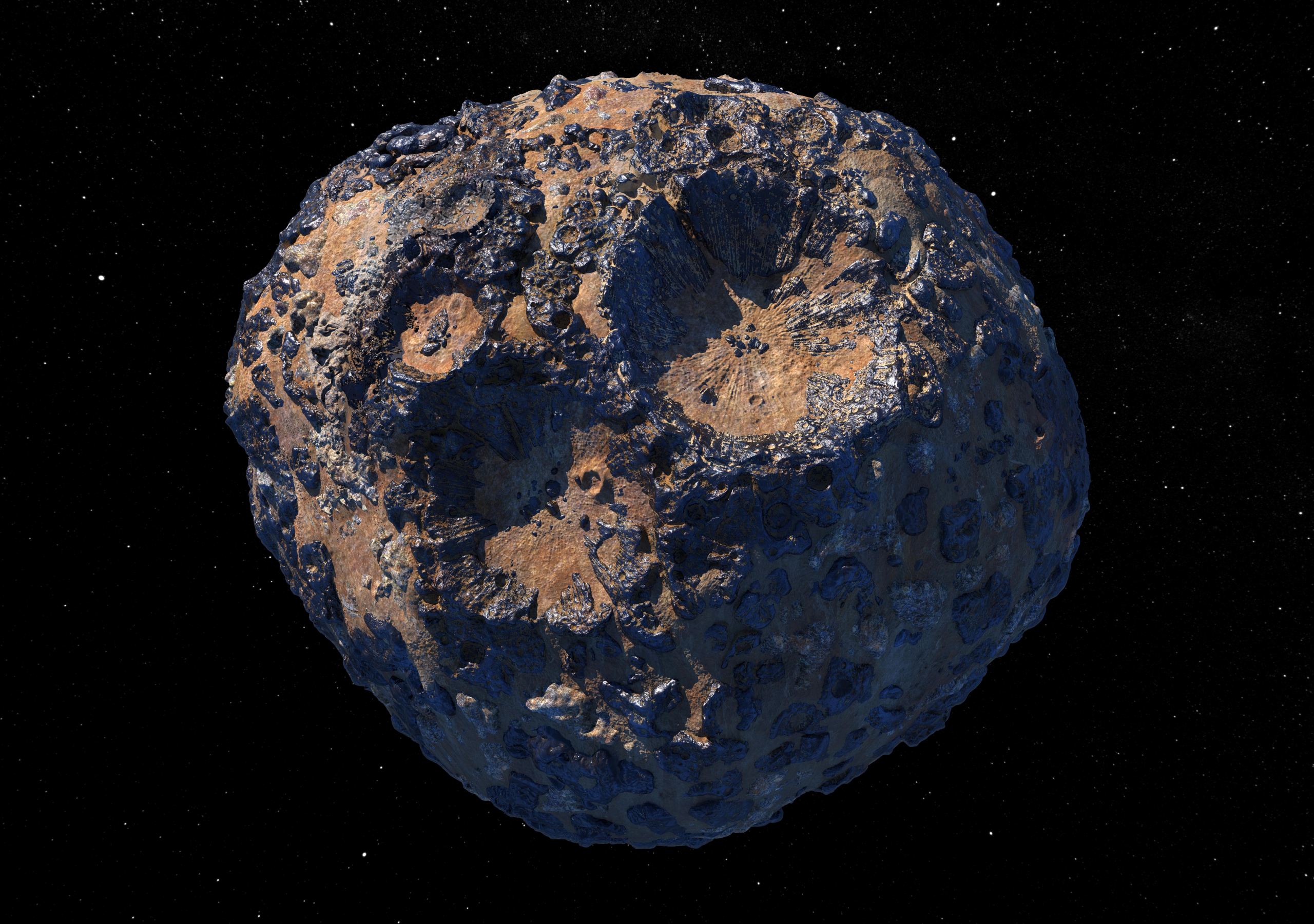
A portion of the metallic meteorites found on Earth have traces of magnetism. This is surprising since you need a larger world with an internal dynamo like the Earth. New research suggests that iron-heavy asteroids can collect into piles of rubble, with other space rocks forming a cold inner pile surrounded by a warmer liquid outer layer. As the core draws heat from the outer layer, it initiates convection and a small magnetic field that is detectable in the iron meteorites billions of years later.
Continue reading
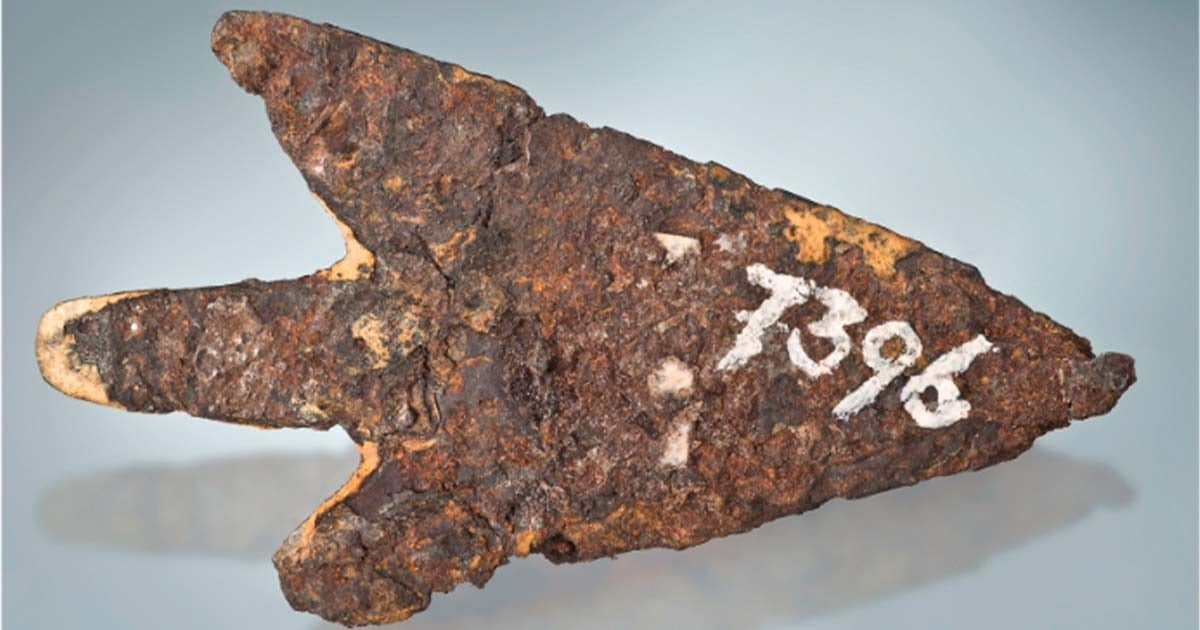
Continue reading

Continue reading

Our modern technological civilization wouldn't have been possible without open-air combustion, which can only happen when atmospheric oxygen levels reach at least 18%. A new study asks if this could be a bottleneck for developing other advanced civilizations. Without at least 18% oxygen, fires won't easily burn, so technologies like steam power and combustion engines wouldn't be possible. Earth has only reached that level of atmospheric composition in the last 500 million years.
Continue reading
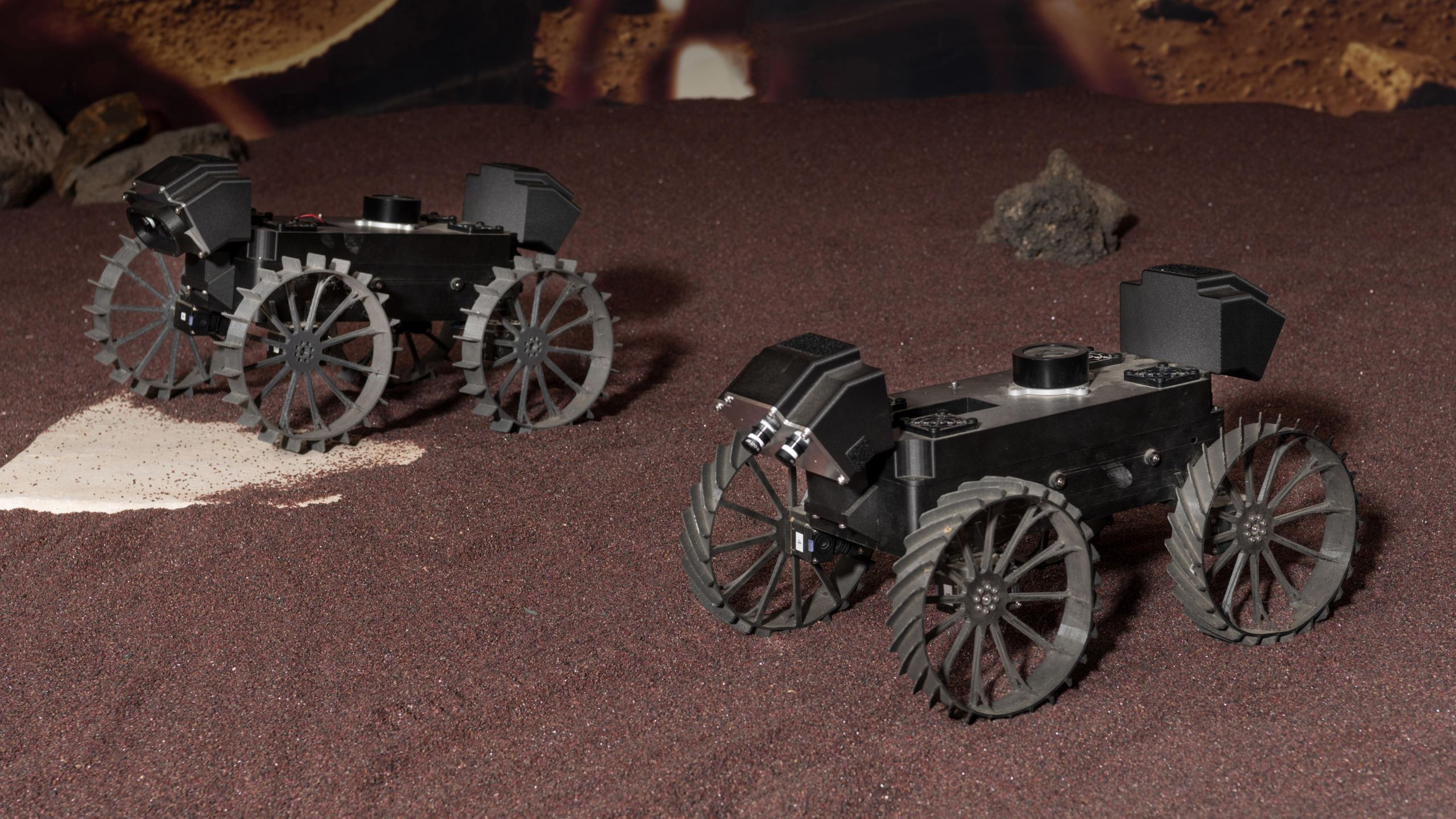
Continue reading
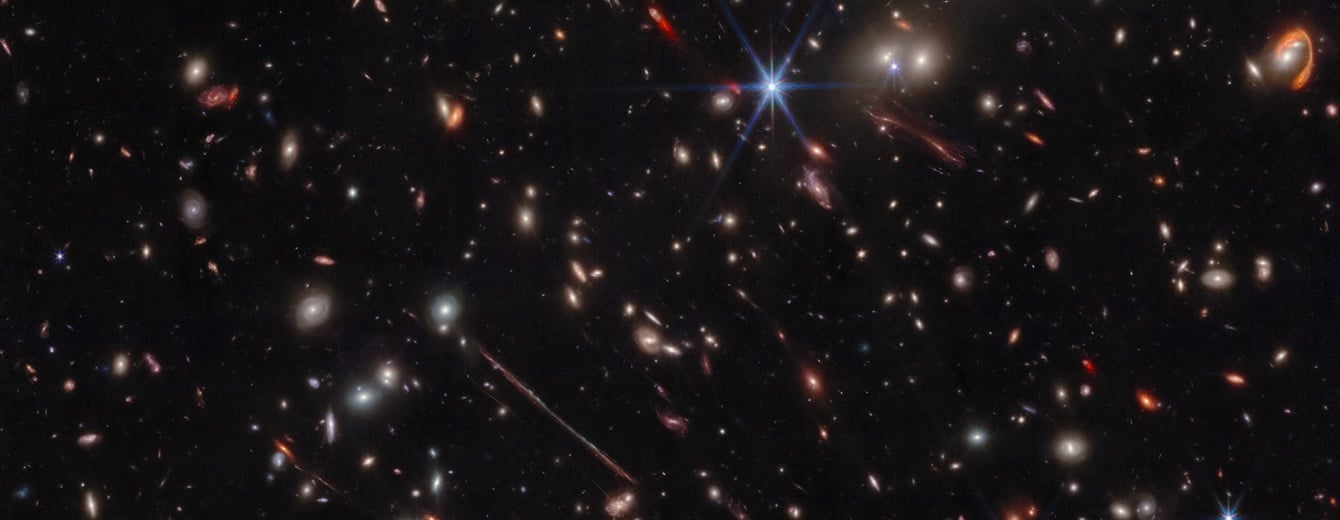
Continue reading
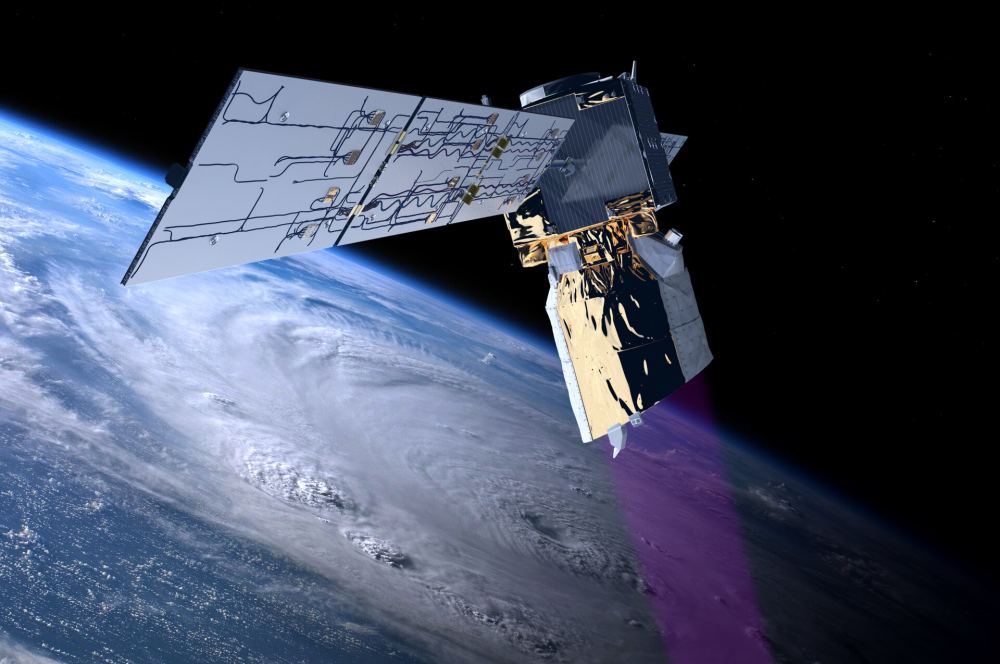
Continue reading
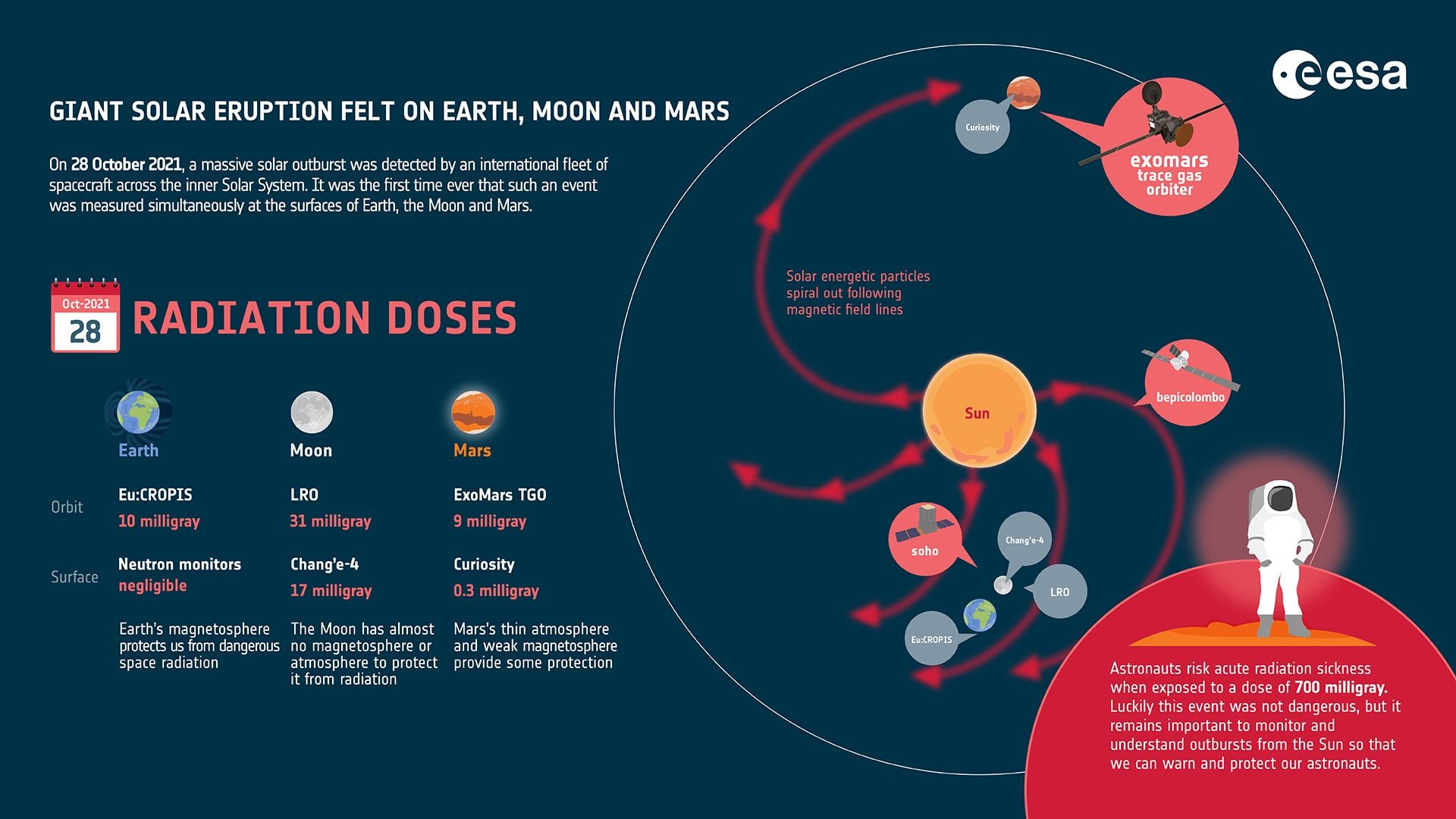
The coronal mass ejection on October 28th, 2021, was measured by missions on Earth, the Moon, and Mars for the very first time.
Continue reading
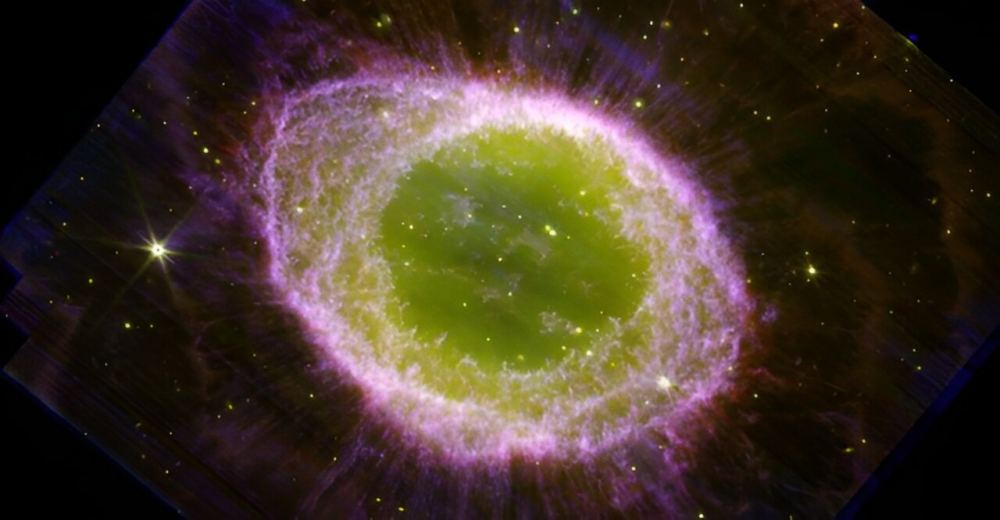
Continue reading
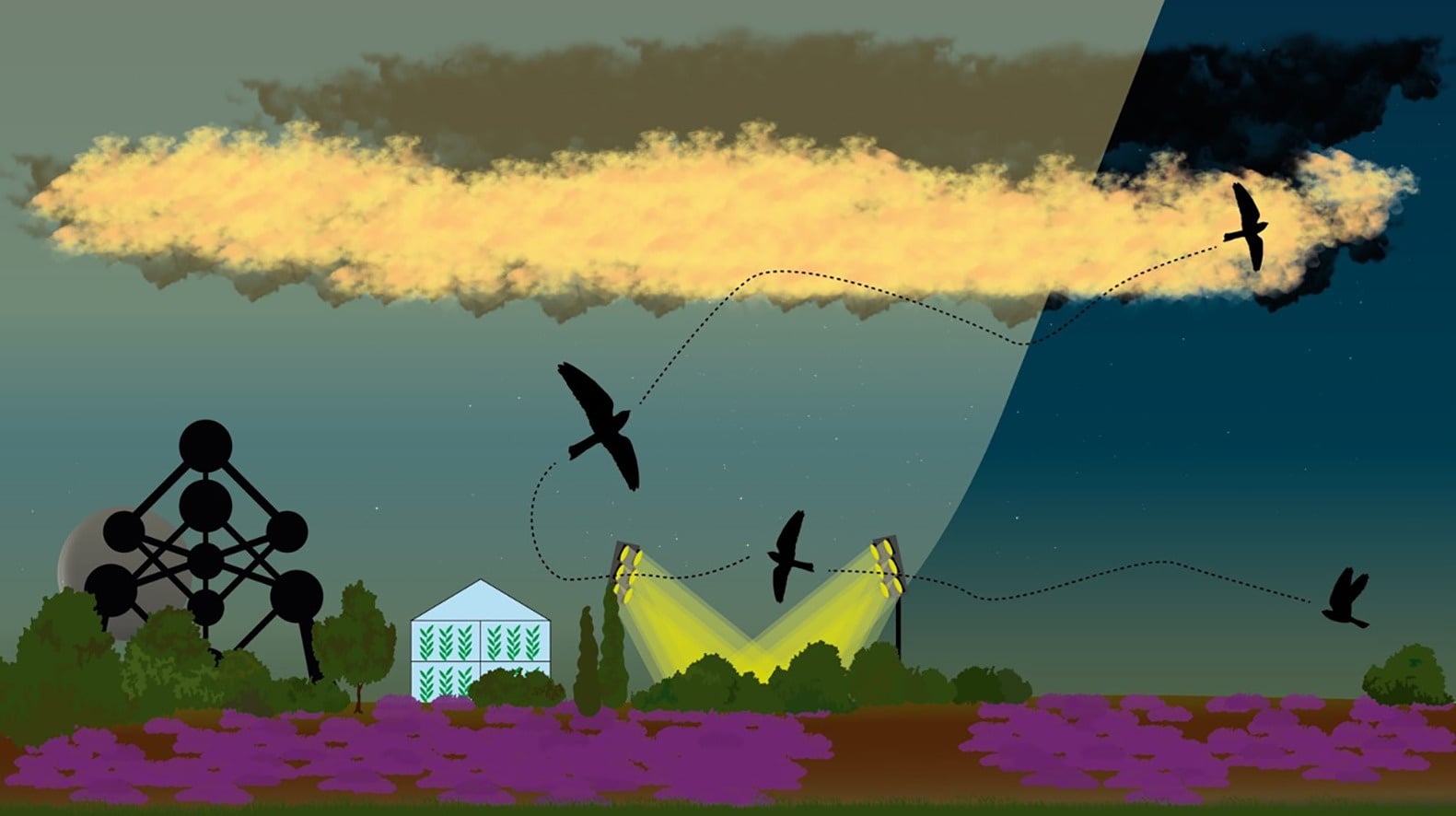
Continue reading
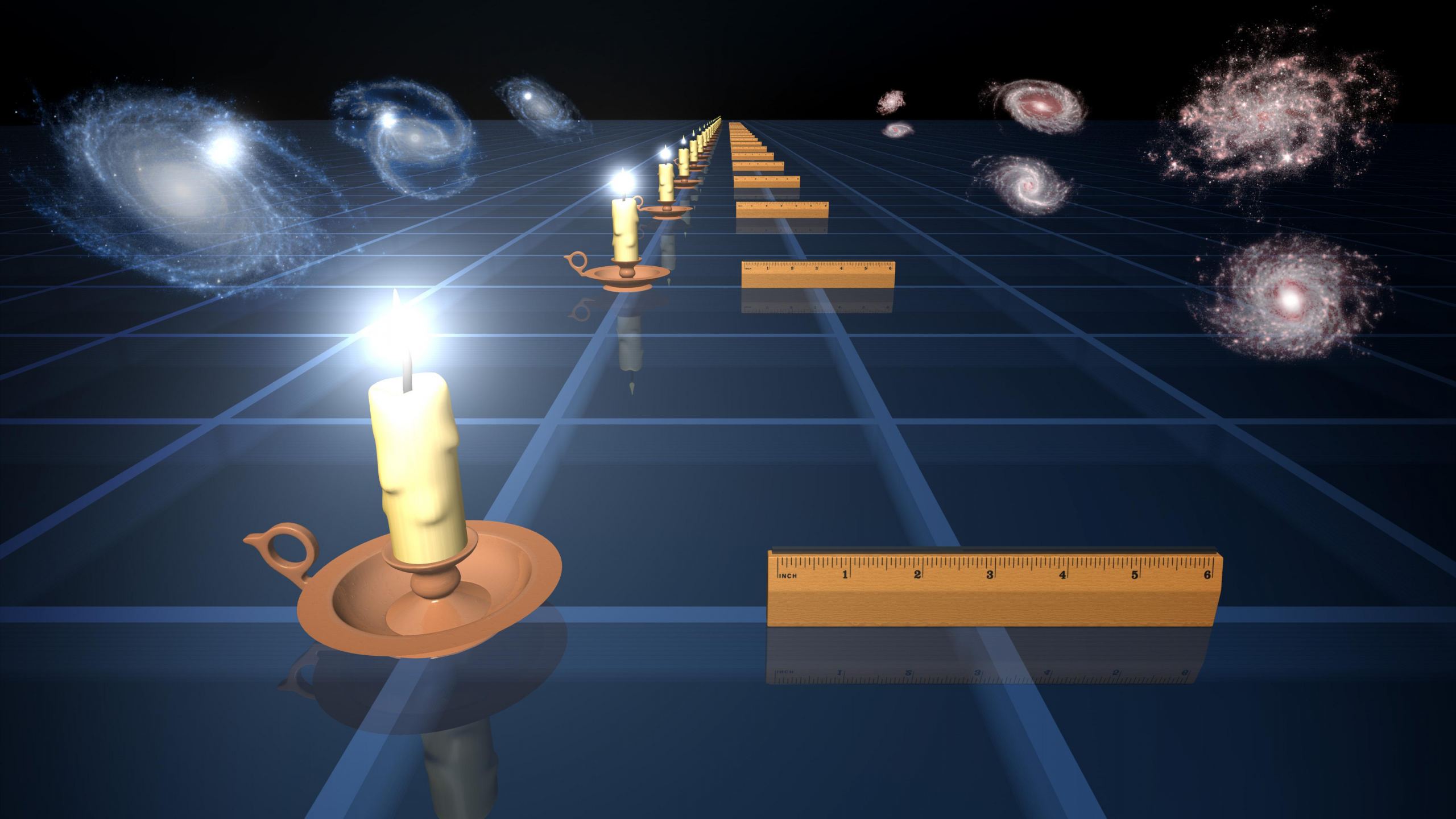
Over the last decade, various measurements have disagreed over the rate that the Universe is expanding. Astronomers use Cepheid variables as standard candles to measure relatively nearby galaxies and then use them to calibrate more distant candles like Type 1a supernovae. The most accurate measurements have been done with the Hubble Space Telescope, but a new survey of 330 Cepheid variables has been done with JWST, narrowing down the error bars even more and building a perfect distance ladder to Type 1a supernovae.
Continue reading
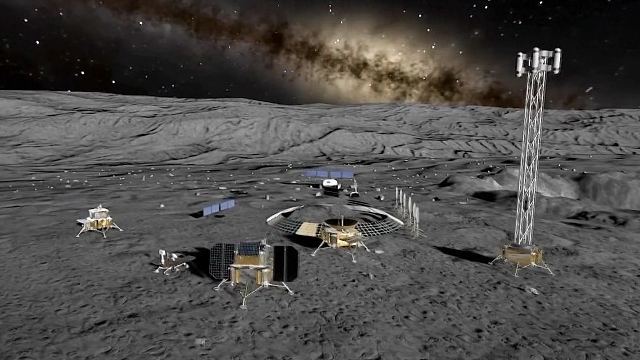
Continue reading

Astronomers have found stellar mass and supermassive black holes, but they're still on the hunt for an intermediate size; black holes with thousands of times the mass of the Sun. One natural place to look is at the heart of the Milky Way, near our galaxy's supermassive black hole. Researchers have examined the region around the galactic core and the movement of stars whipping around the central black hole. Although they didn't find evidence for a companion black hole, they've set size constraints on what could be there.
Continue reading
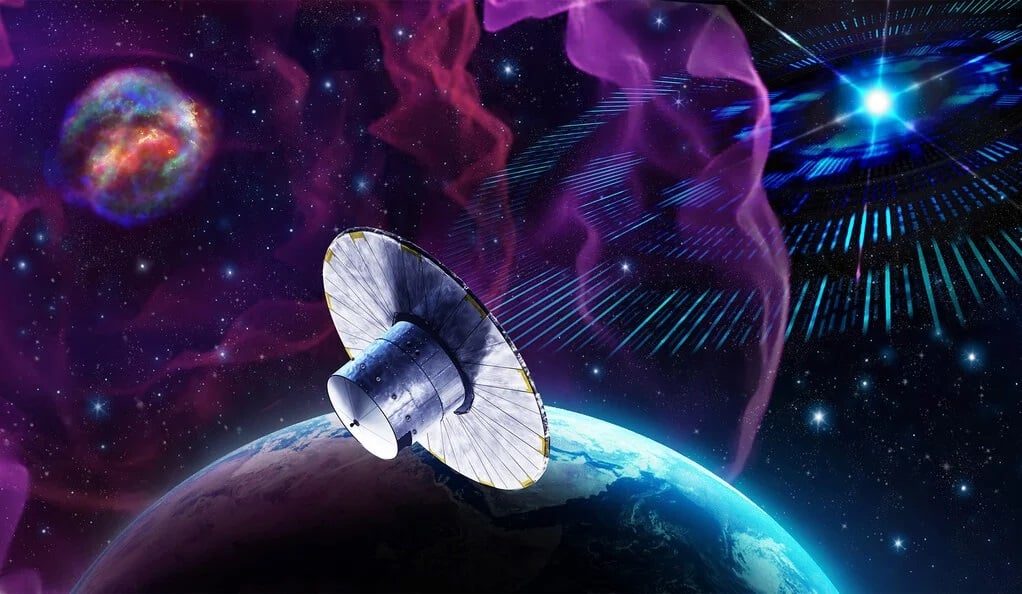
A new study cross-references supernova from the Gaia observatory's third data release with possible alien transmissions.
Continue reading

ESA's Euclid mission has made the journey through space to reach the Earth-Sun L2 Lagrange Point. The two instruments on board have come online and taken their first images of the cosmos. The left side of the image was taken by the VISible instrument (VIS), which will help astronomers study the shapes of billions of galaxies. The right side of the image was taken with the Near-Infrared Spectrometer and Photometer, which allows astronomers to measure the brightness and color of galaxies. Astronomers will use these instruments to make the most comprehensive 3D map of the Universe, hunting for dark matter and energy.
Continue reading
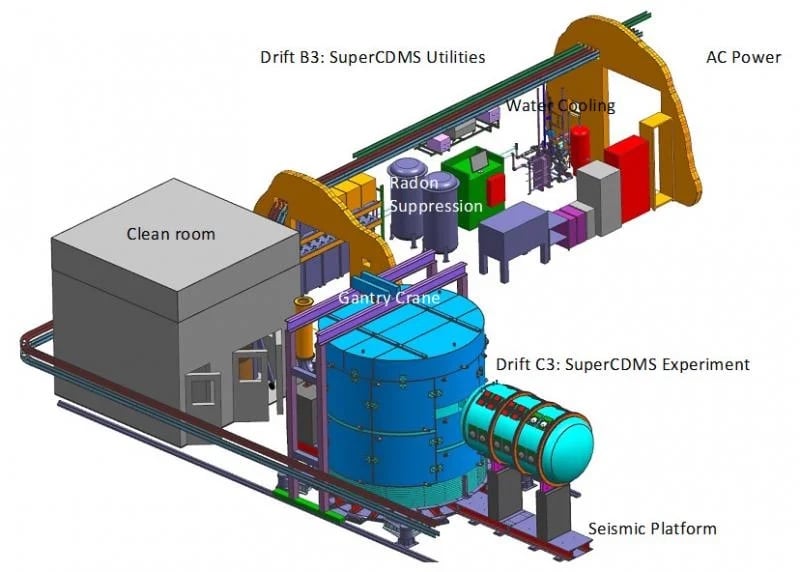
Continue reading
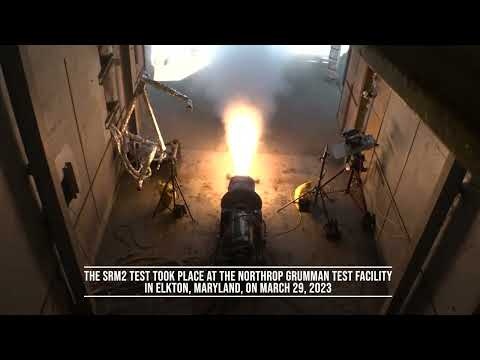
Continue reading
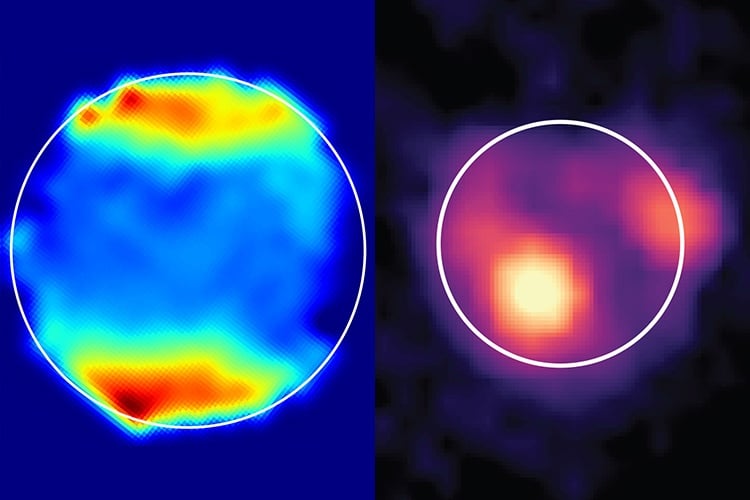
Continue reading
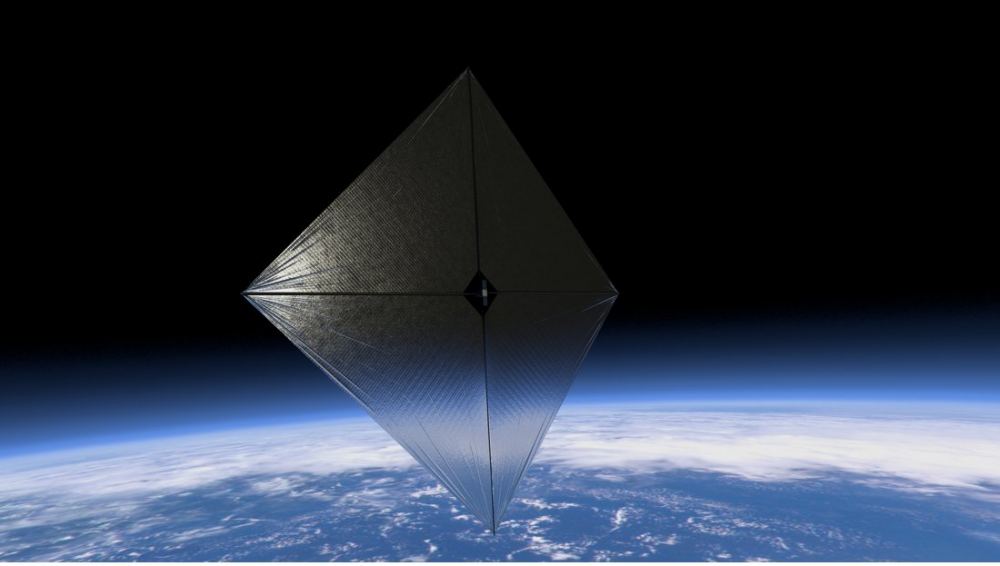
Continue reading
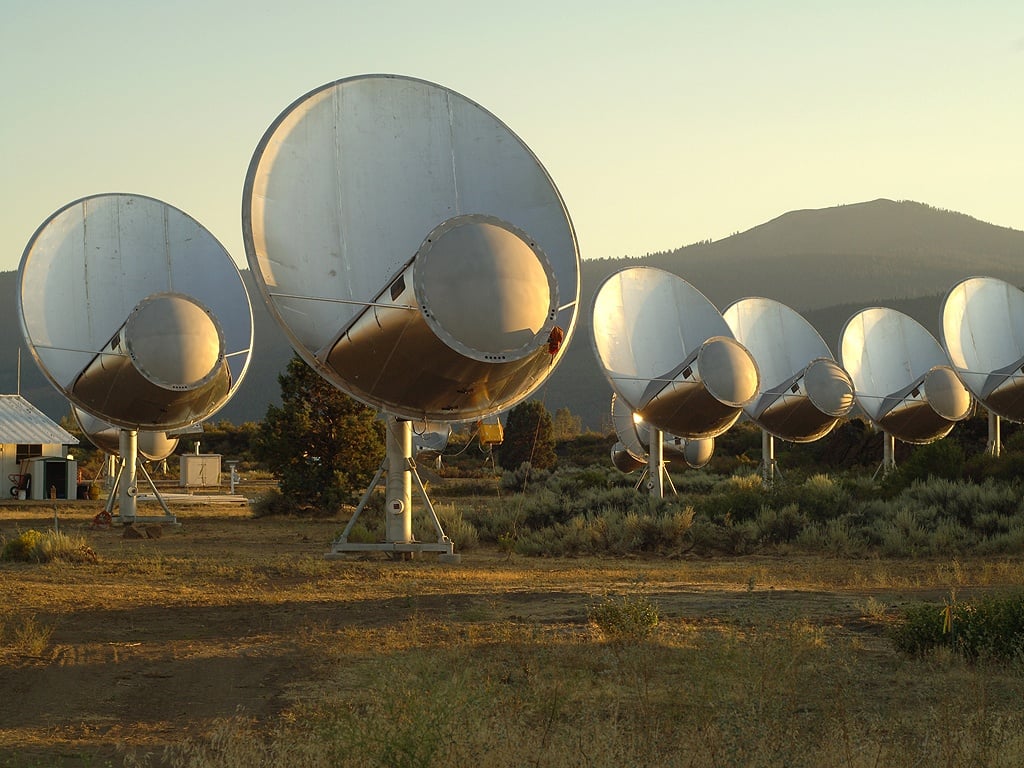
Astronomers have only been scanning the skies for a signal from extraterrestrial civilizations for about 60 years. Although no signal has been found, a new study suggests that this lack of detection can help us predict what the future holds for SETI. According to their analysis, this means there's a 50% probability that Earth won't detect signals for the next 60 to 1800 years.
Continue reading
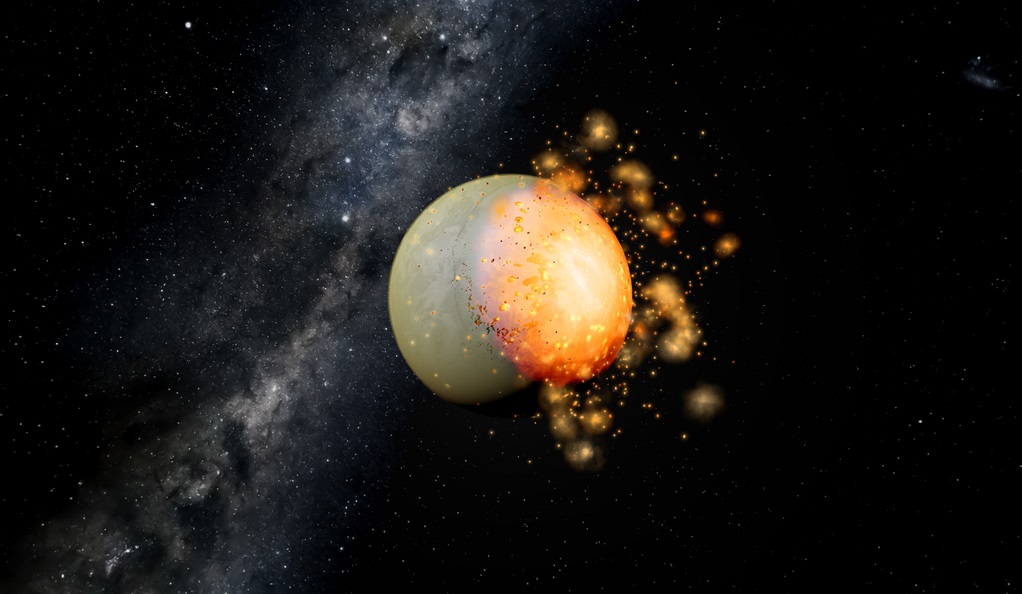
A new study connects impacts during Venus' early history to its smooth and "youthful" appearance today.
Continue reading
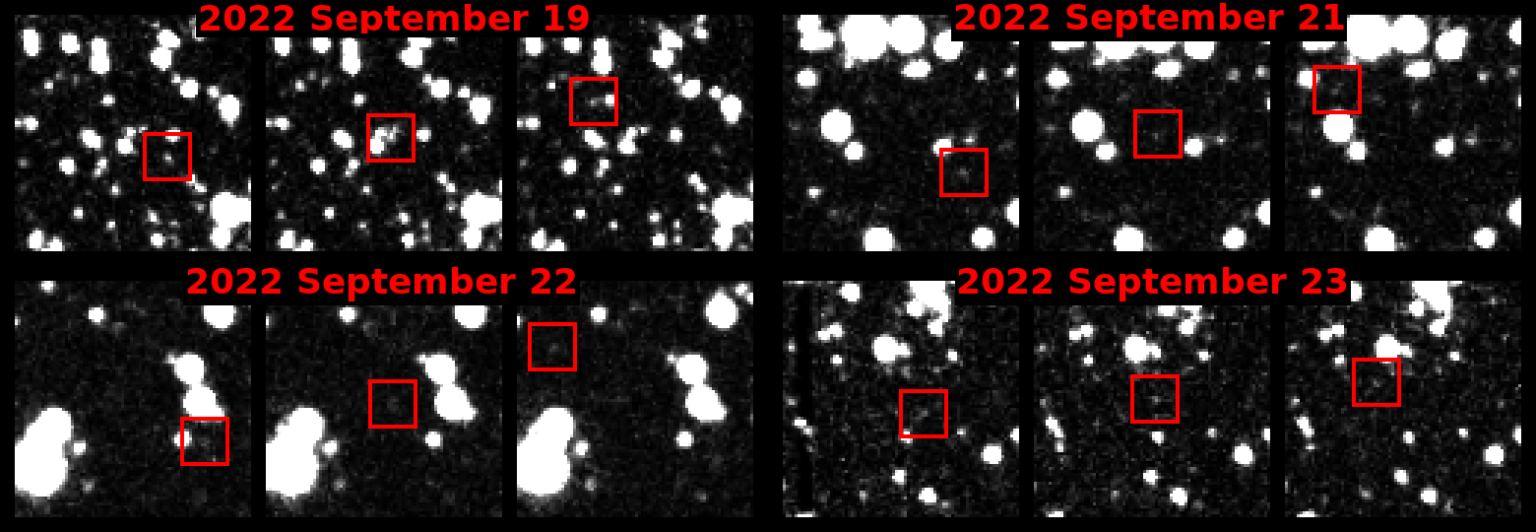
Continue reading

Continue reading

Continue reading
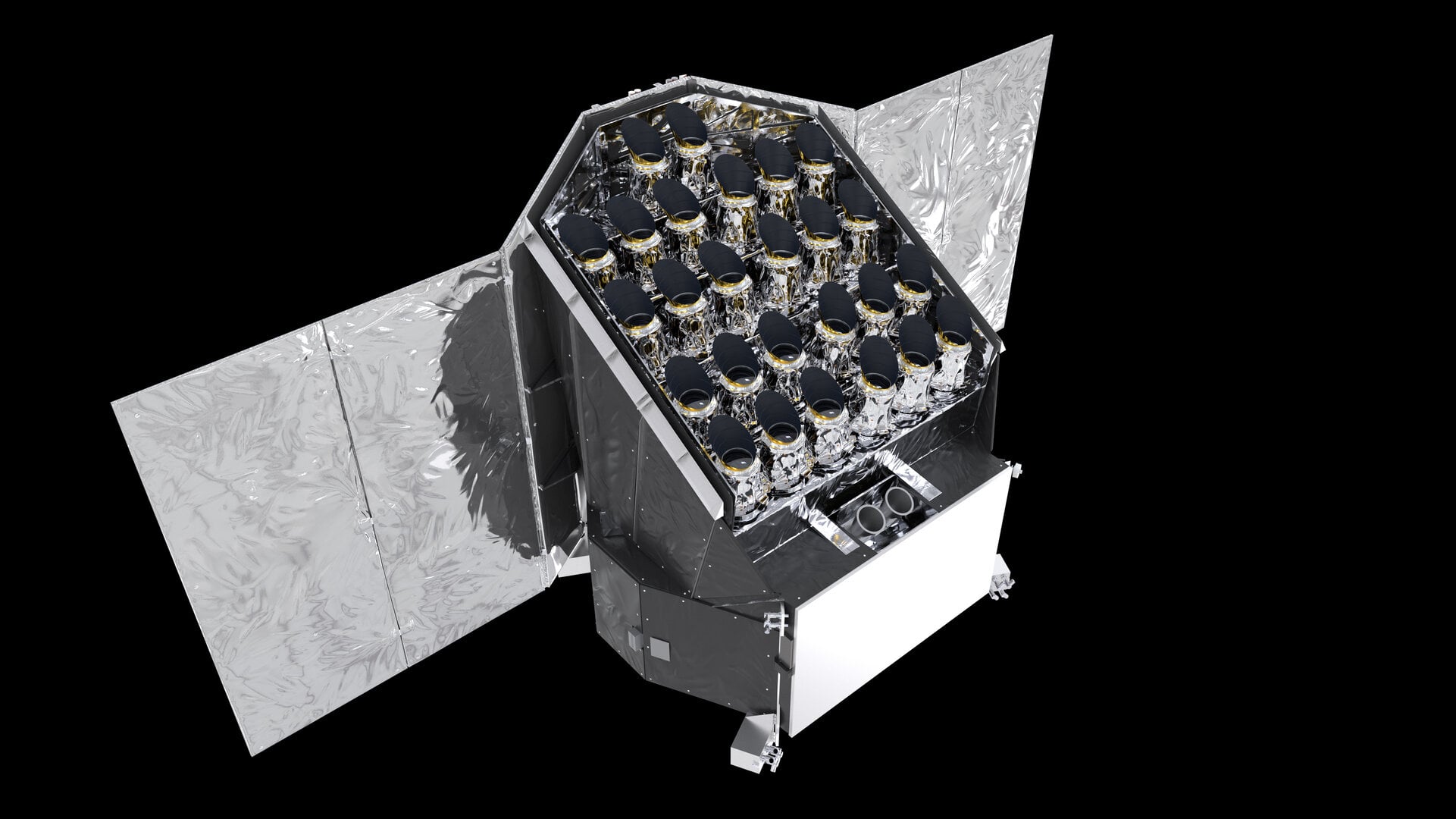
A new study estimates how many exoplanets the ESA's PLATO mission will discover during its four-year run, with encouraging results!
Continue reading
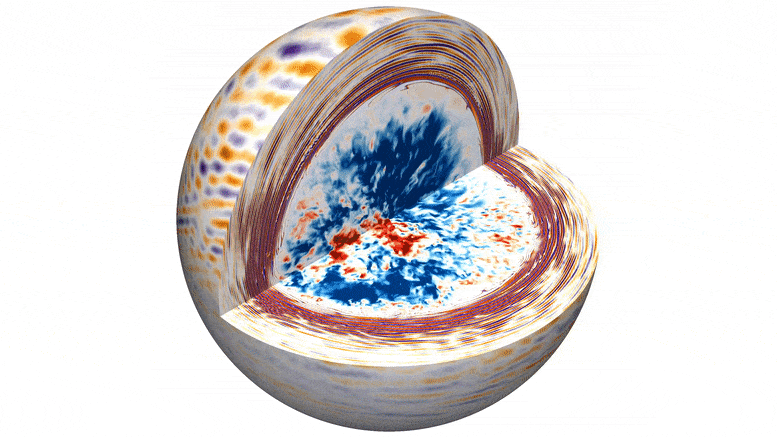
Stellar fusion happens at a star's core, where the enormous temperatures and pressures fuse hydrogen atoms into helium, releasing radiation. Waves of turbulent convection generated in the core can take hundreds of thousands of years to ripple outward through the stars' layers, finally reaching the surface. A new simulation shows waves generated deep inside stars, more massive than the Sun, make their way to the surface and affect the star's brightness.
Continue reading

With JWST safely in space, researchers are designing the next generation of space telescope that could Earth-sized worlds orbiting sunlike stars. Chinese scientists released a concept paper this week for the Tianlin mission, a 6-meter UV/Optical/IR space telescope, which could begin operations in 2045. This telescope would search for rocky planets in the habitable zones around nearby stars and search for biosignatures using direct imaging. The team estimates they could obtain the spectrum of 20 candidate exoplanets in the first five years of operation.
Continue reading
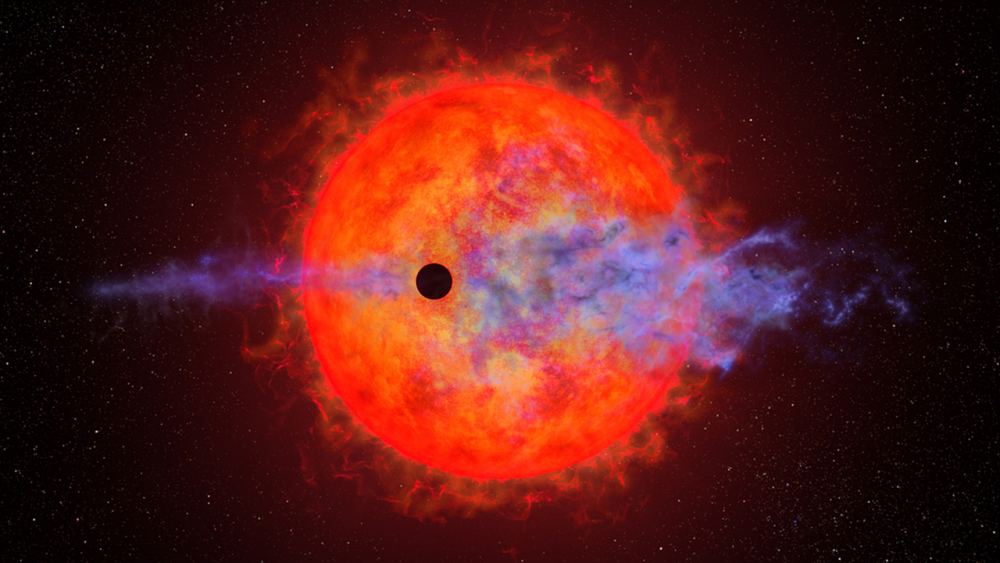
Continue reading
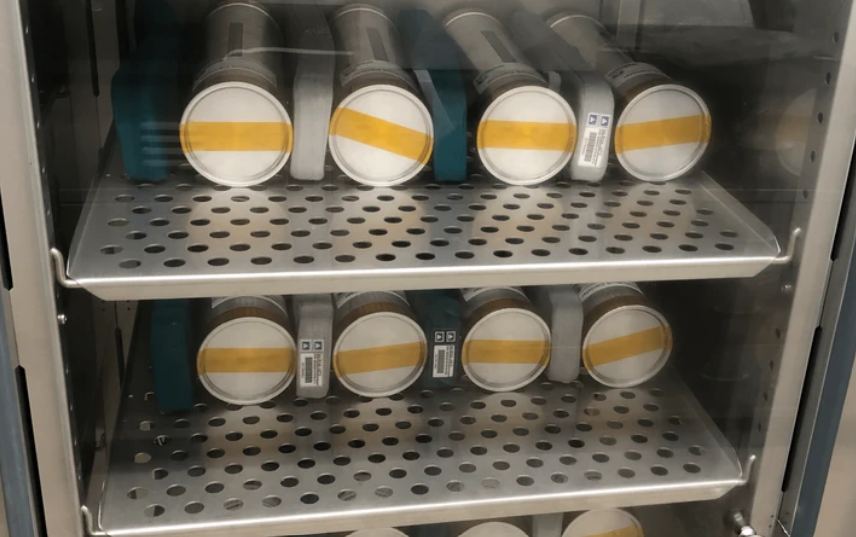
Continue reading

Continue reading

A new study estimates there could be hundreds of rogue planets nearby that we could explore for signs of extraterrestrial life!
Continue reading
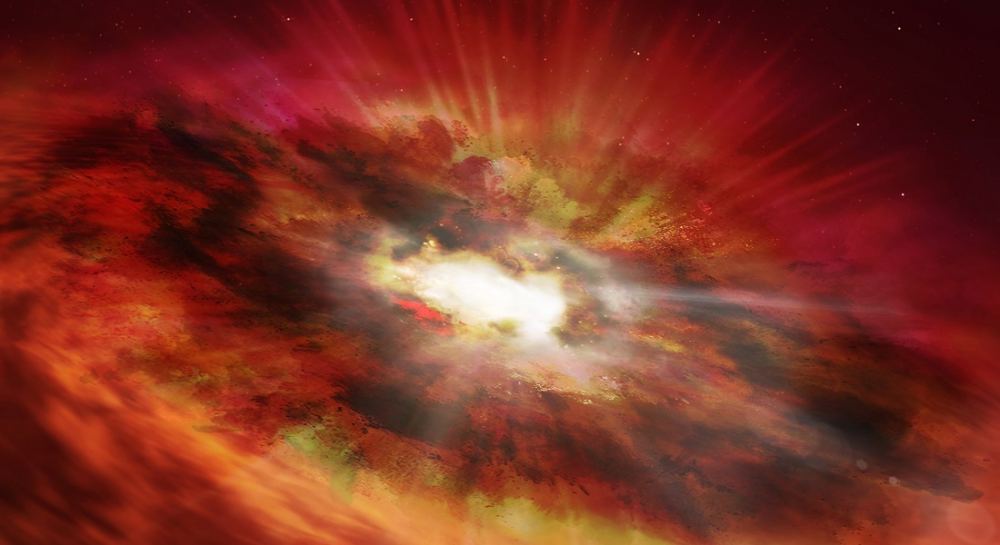
Continue reading
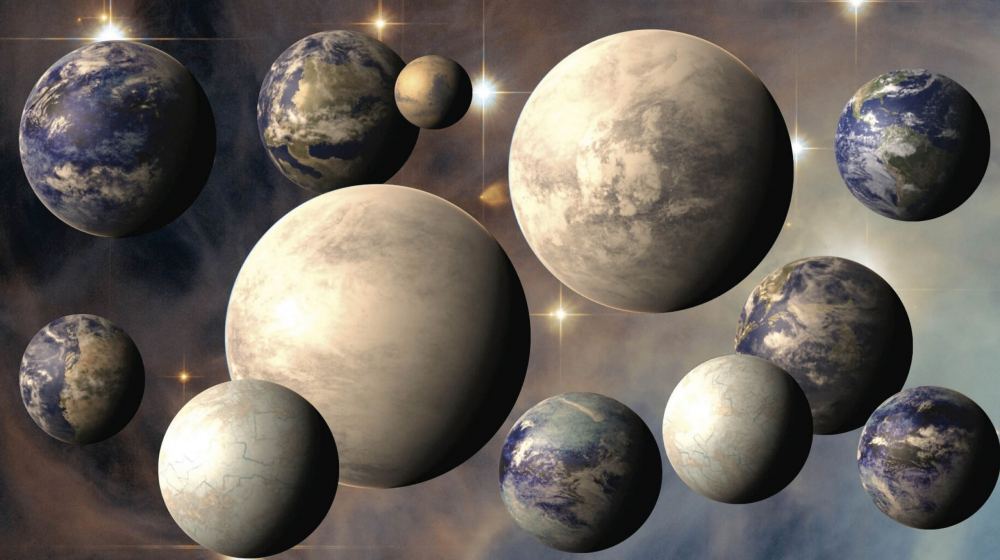
Continue reading
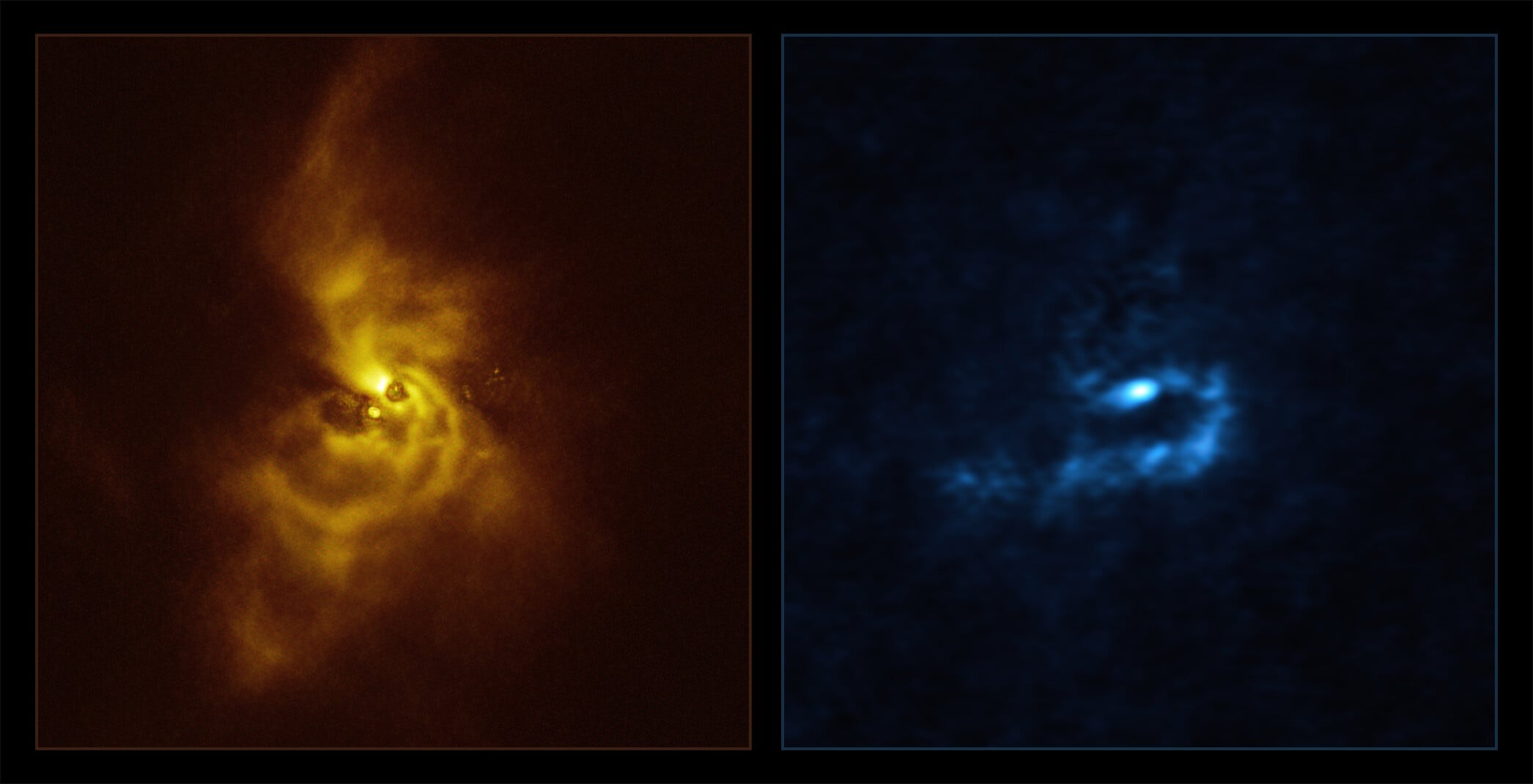
New images from the European Southern Observatory show a young star surrounded by dusty clumps that could collapse and create giant planets like Jupiter. The star is V960 Mon, located about 5,000 light-years away in the constellation Monoceros. The star brightened suddenly in 2014, leading astronomers to conclude it's assembling spiral arms in its protoplanetary disk. The new observations show that these arms are fragmenting into clumps, with masses similar to giant planets.
Continue reading

Continue reading
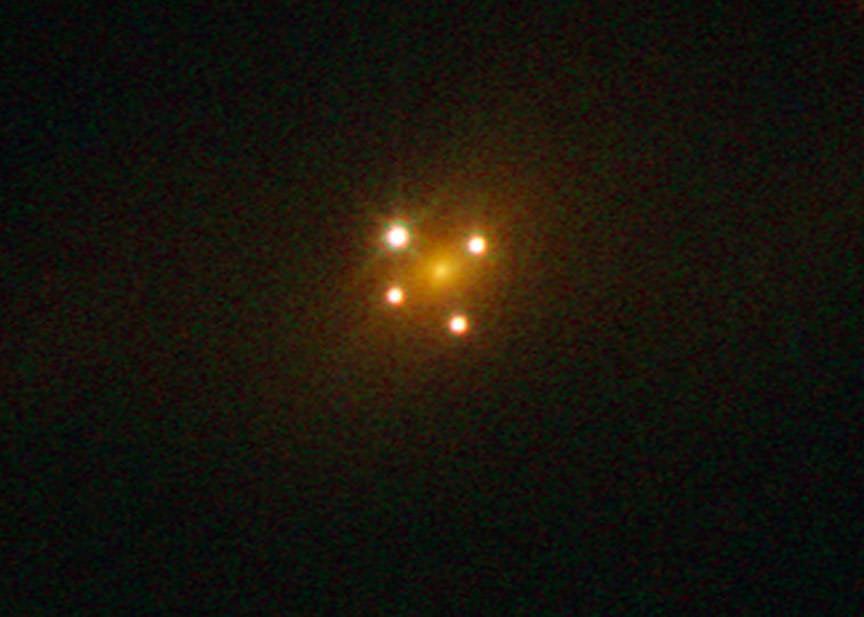
Continue reading
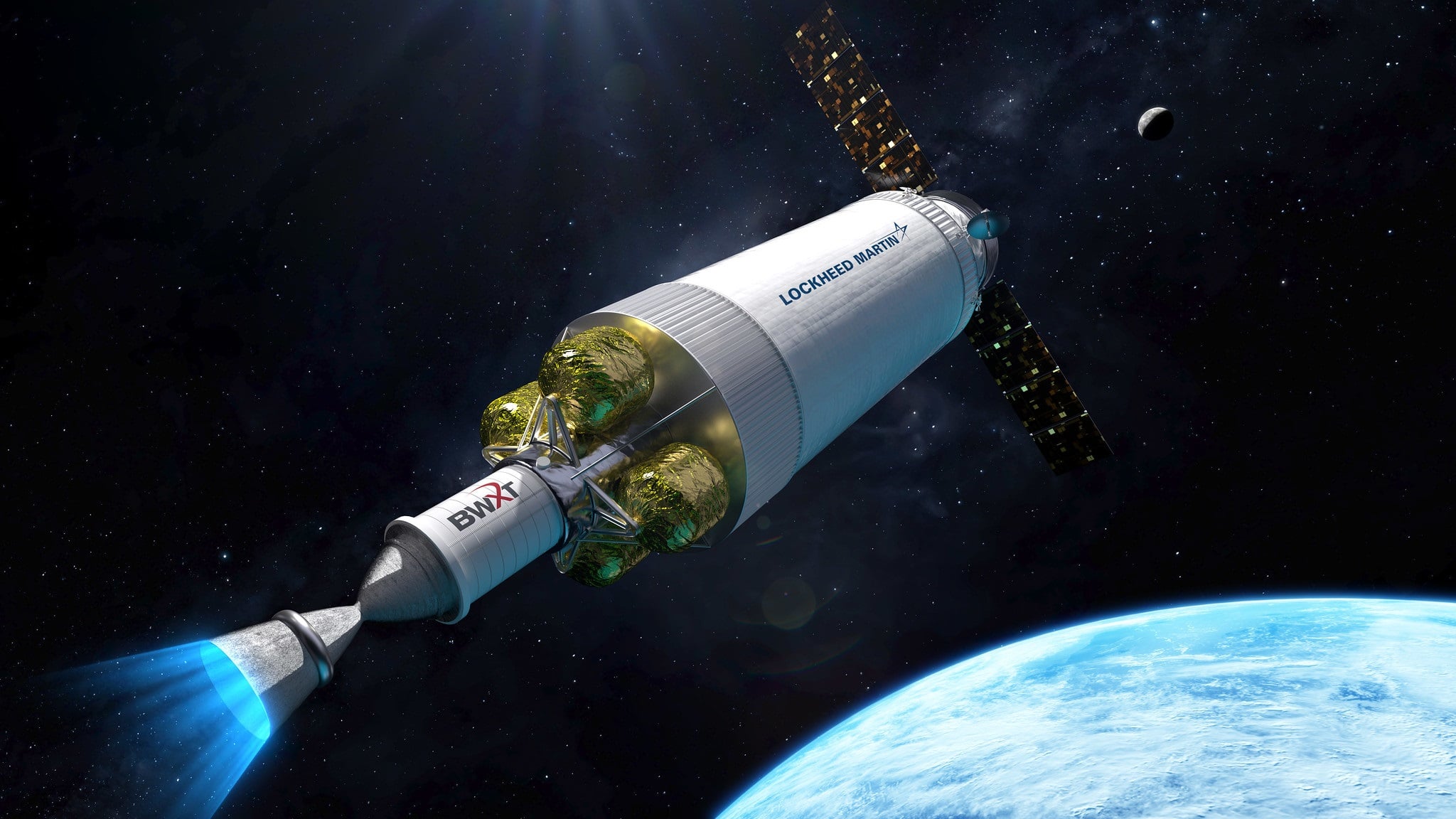
NASA and DARPA have announced the Lockheed Martin and partners will develop the prototype DRACO nuclear thermal engine.
Continue reading

Continue reading
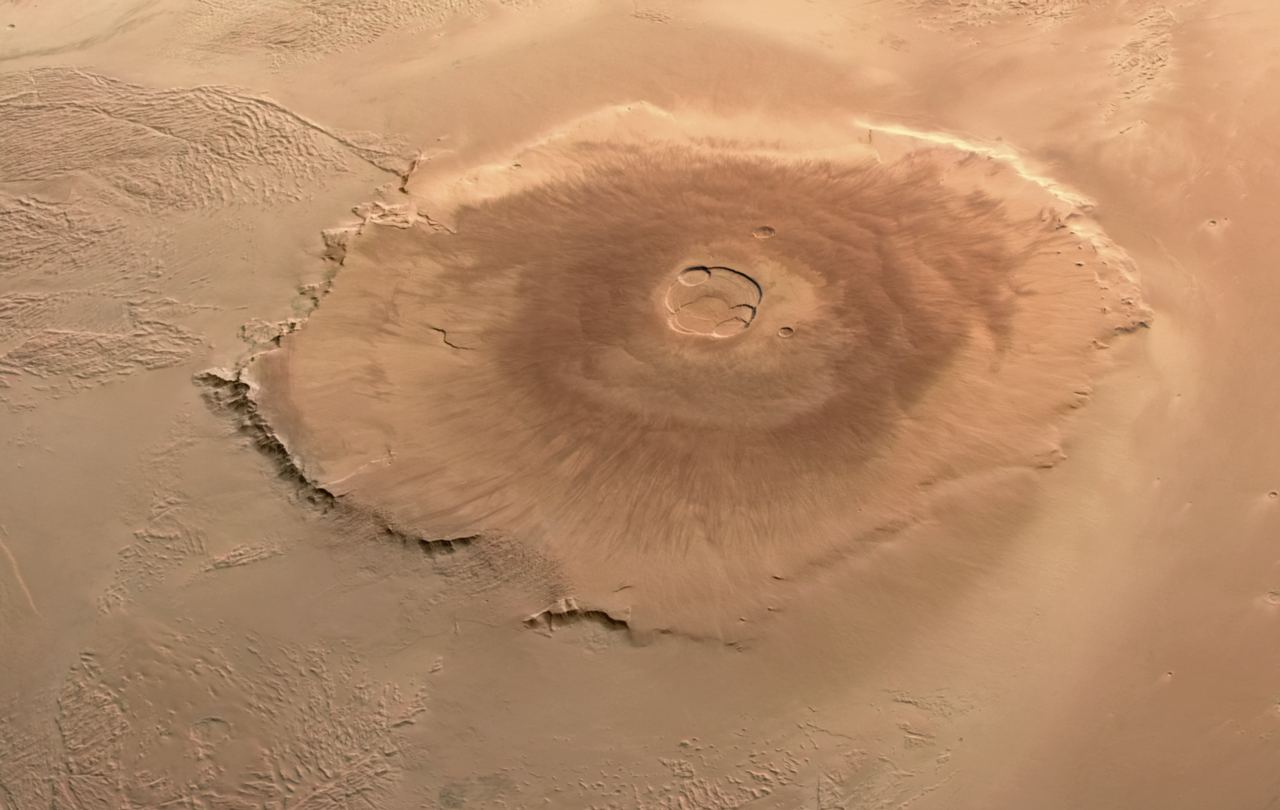
New research shows that Mars' Olympus Mons may have once been a volcanic island surrounding by ocean.
Continue reading
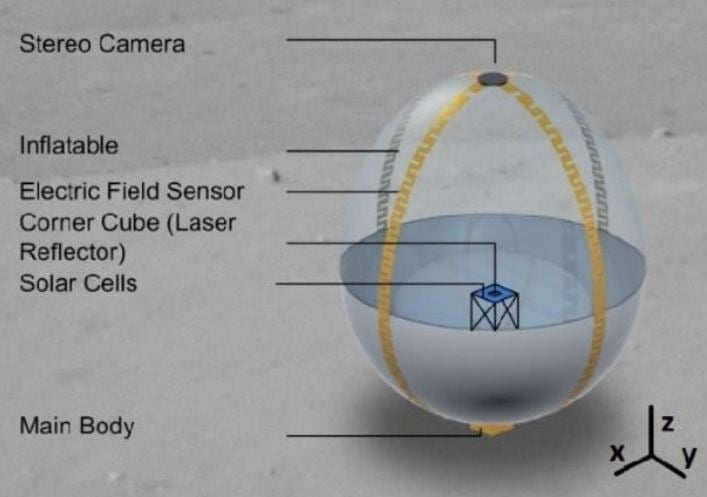
Continue reading


















































